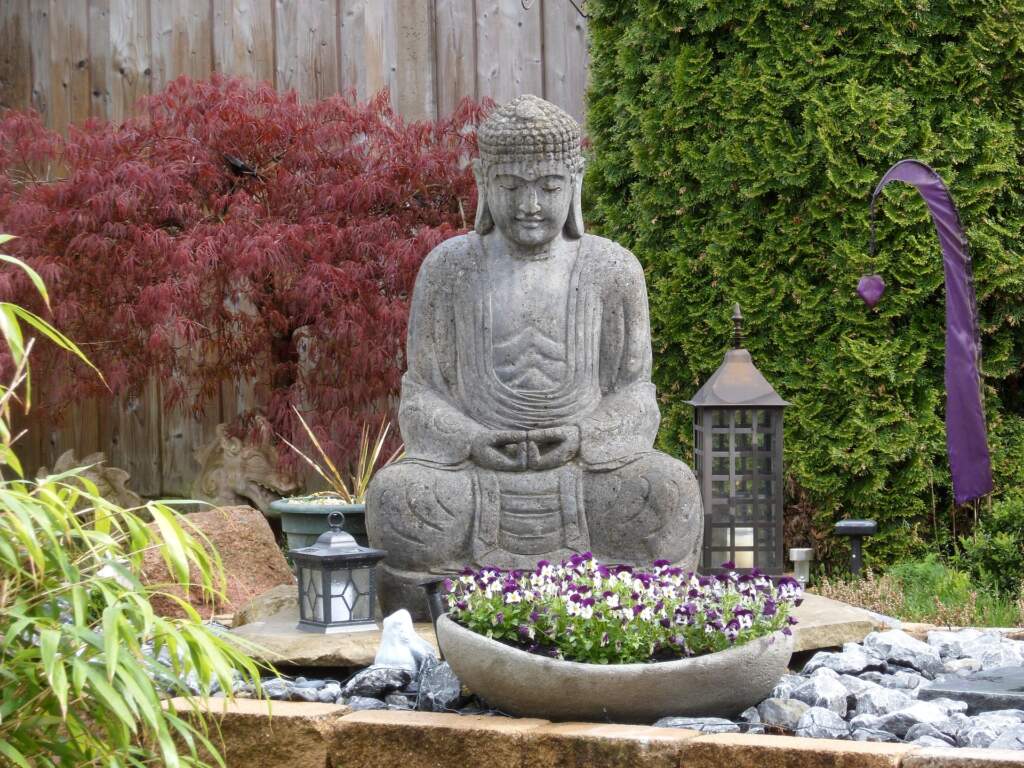
Plants and gardens have played a crucial role in Southeast Asian culture for centuries. This region is home to some of the world’s most diverse plant life, and the people who inhabit these lands have developed a deep understanding and appreciation for the natural world. Plants have been used in Southeast Asian cultures for medicinal, culinary, and ornamental purposes. For example, plants such as ginger, turmeric, and lemongrass have been used in traditional medicine for centuries. In addition, Southeast Asian cuisine relies heavily on fresh herbs and spices such as basil, cilantro, and mint.
Gardens are also an integral part of Southeast Asian culture. They are often seen as a place for meditation, reflection, and relaxation. Traditional Southeast Asian gardens are characterized by their harmonious balance of natural elements such as water, rocks, and plants. They are designed to evoke a sense of tranquility and connection to the natural world.
Furthermore, plants and gardens have played a significant role in Southeast Asian art and literature. Many traditional folktales and legends feature plants and flowers as central themes, such as the Lotus flower in Buddhist mythology. Plants have also been used in traditional Southeast Asian textile production, where natural dyes are extracted from plants such as indigo, turmeric, and madder.
Overall, plants and gardens are an integral part of Southeast Asian culture and continue to play a vital role in the region’s traditions, customs, and practices.
If you’re looking for house plants from Southeast Asia, here are some of the best choices.
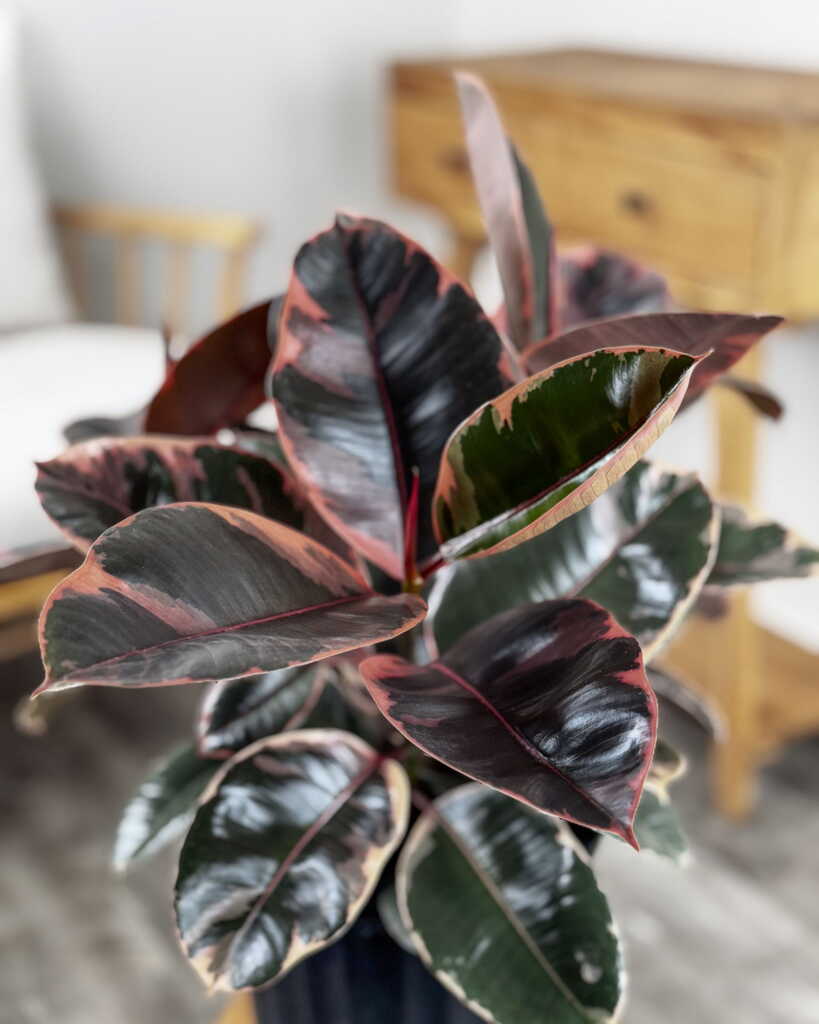
Ficus elastica ‘Ruby’
The Ficus Elastica, also known as the Rubber Tree, is native to Southeast Asia. It was given the name Rubber Tree as it has been historically used to produce rubber. The plant is not just used for rubber trees, but it is also used as an ornamental purpose for a longest time. Many people choose it as a houseplant as it has glossy leaves and is adaptable to various environments.
The plant has deep burgundy leaves and is a beautiful addition to your home. These plants are an easy plant to care for. They prefer bright indirect light and well-draining soil to grow to its full potential and keep it moist throughout.
The plant can grow all the way up to six feet tall if you provide it with all the ideal conditions. The plant’s waxy leaves can be up to a foot long, and the branches have attractive patterns.
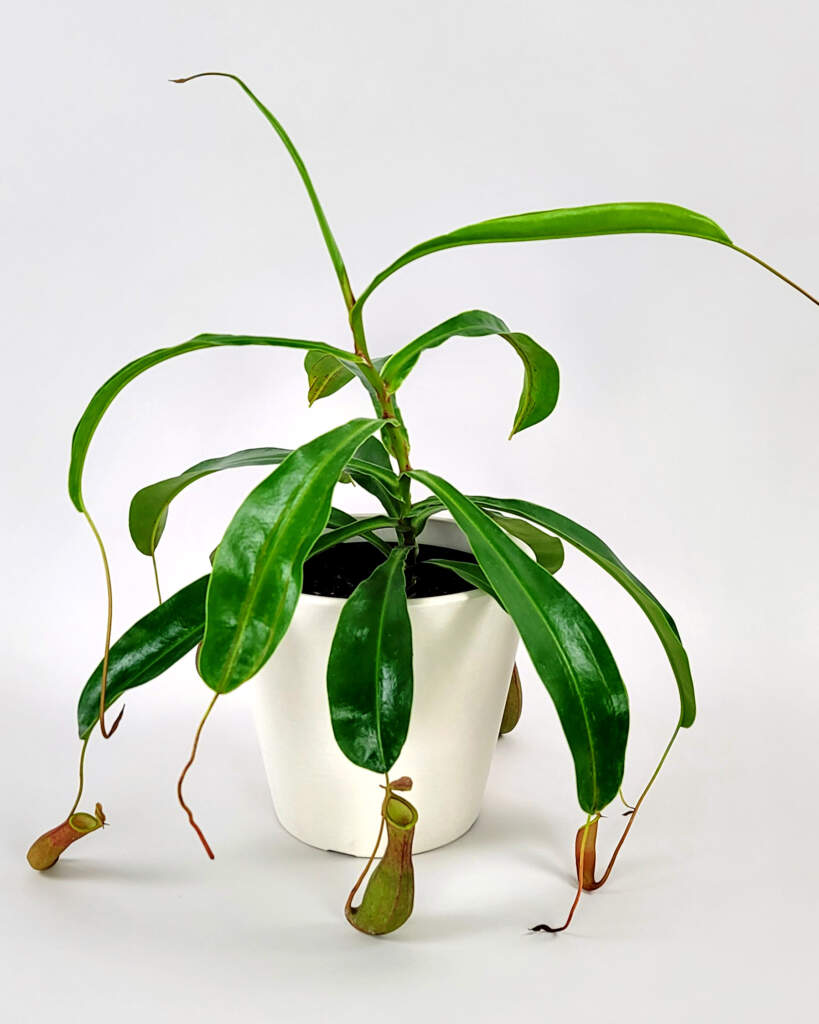
Tropical Pitcher Plant
Found in Malaysia, Sumatra, and India, the Pitcher Plant is native to Southeast Asia. These areas provide warm conditions and bright lights for the plants to grow. The Tropical Pitcher plant is carnivorous and feeds off of insects. The plants are shaped like a vase, and the thicker bottom of the vase is full of digestive juices. These juices help the plant digest the insects trapped in the pitcher.
This plant is also known as Monkey cups, as it is believed that monkeys often drink water from pitchers. There is no proof that monkeys actually drink from the pitcher. The plants can grow significantly bigger in size. The best type of tropical pitcher plant is the Nepenthes Maxima as it is a good choice for beginners. They are adaptable, and you can easily grow them at home with minimal effort.
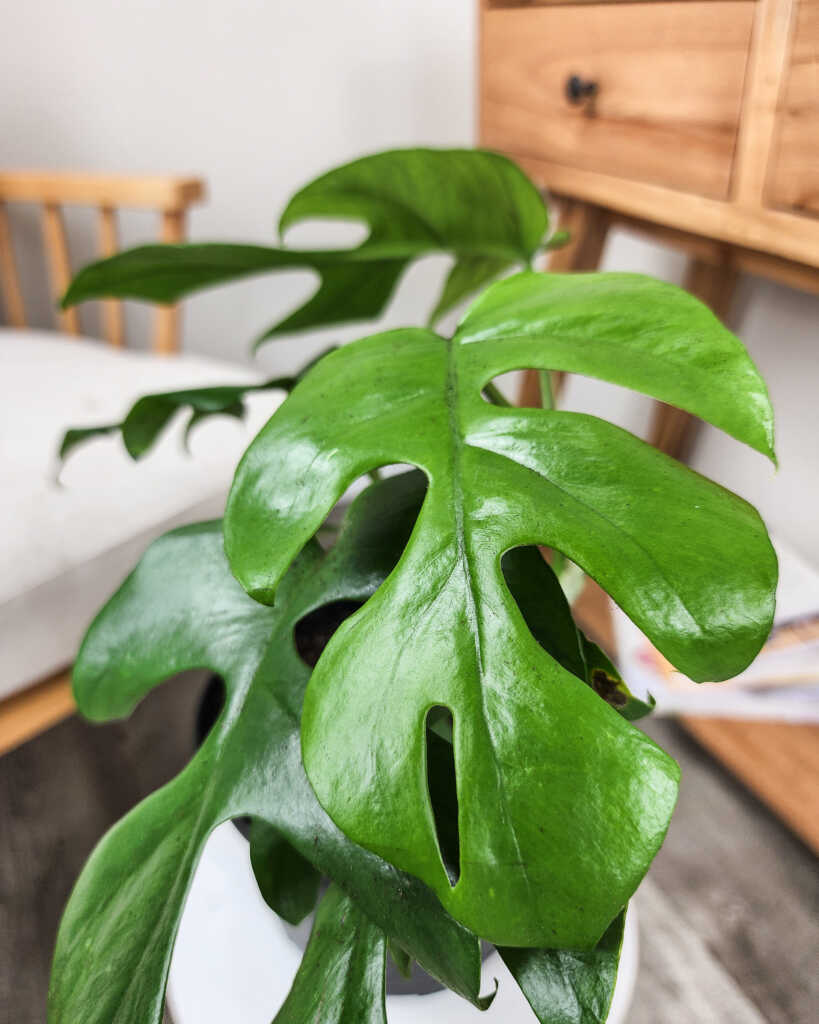
Monstera ‘Ginny’
Monstera Ginny, Raphidophora tetrasperma, is native to Southeast Asia. Despite having small and fenestrated leaves, the plant grows fast and can grow up to 6 inches in size. If you keep the plant at home, you can grow it up to 4-5 feet, but if you grow it outdoors, then it can grow up to 10-12 feet. The plant grows as a vine; if you want to support it, you can add a moss pole or some trellis to boost the growth. However, it is best not to keep the plant at home if you have a child or pets as these plants can be toxic.
Monstera Ginny belongs to the Raphidophora genus, and it is a tropical plant that originated from the rainforest. The plant is attached to the trees and climbs them. As a houseplant, Monstera Ginny can alleviate the aesthetic of the place.
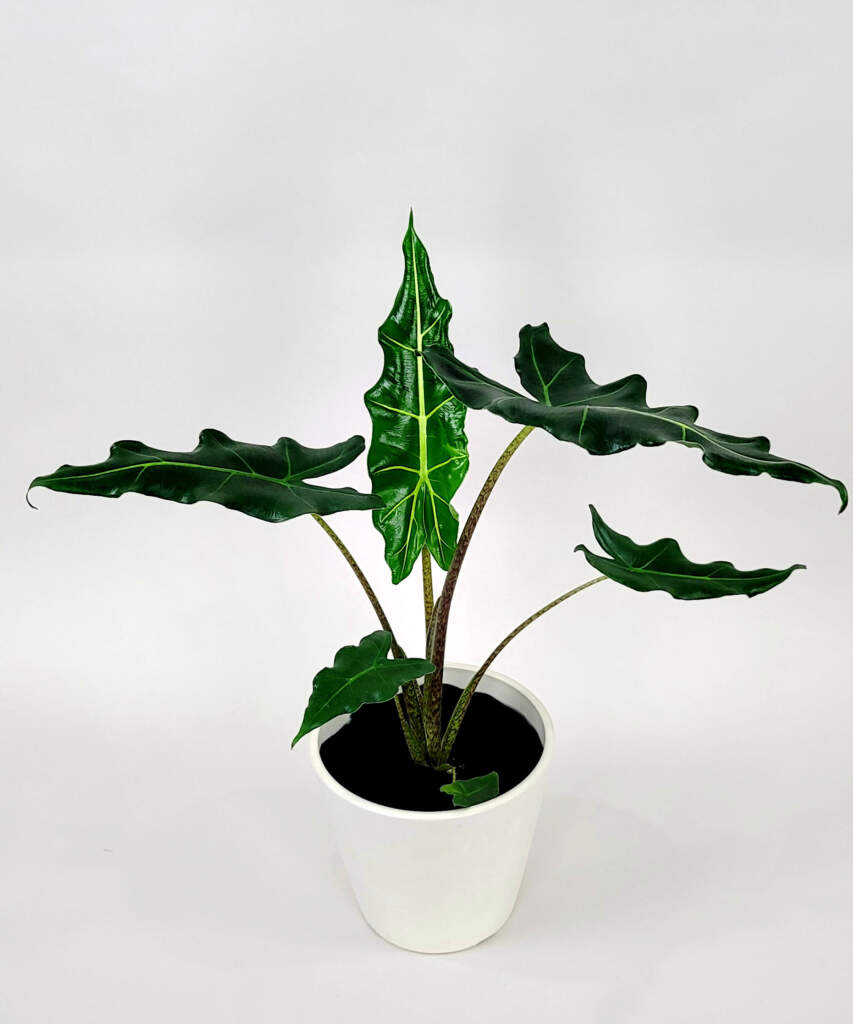
Alocasia ‘Sarian’
The Alocasia Sarian has large glossy green leaves that are shaped like arrowheads. This plant is a hybrid between Alocasia Watsonia and Alocasia Micholitziana. It is native to Southeast Asia, but you can keep it as a house plant. Its attractive foliage, and unique leaves make it a great choice.
The plant prefers bright but indirect light and well-draining soil. You must keep it moist consistently and keep it in areas of humidity. It is also a good idea to mist the plant regularly for better growth. You can propagate it using division, and it is best to keep the plant out of the reach of children or pets as it can be toxic for them. Other than that, this plant is one of the easiest plants to take care of.
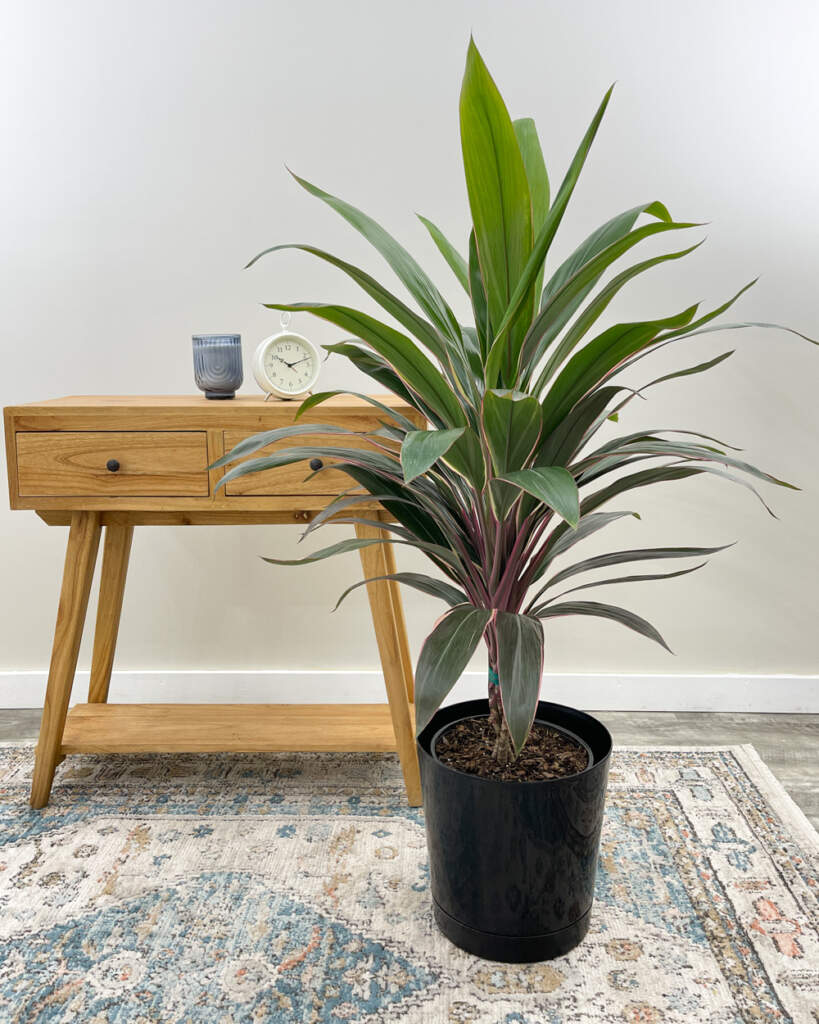
Cordyline fruticosa ‘Pink Diamond’
Cordyline fruticosa ‘Pink Diamond’
The cordyline fructicosa is known as Pink Diamond. It is a popular plant because of its pink and green leaves. The plant can be found in the Pacific Islands and is native to Southeast Asia. It is a top choice to keep as a houseplant. The leaves of this plant can grow up to 3 feet and are long and narrow. The natural arrangement of the leaves is like a rosette. The Pink Diamond grows best in bright light, but you should make sure it is indirect. Make sure you choose well-draining soil so you can avoid problems like root rot.
Do not water the plant very frequently, as over-watering can cause a lot of damage. If you take good care, the plant can grow to be as tall as 5 feet.
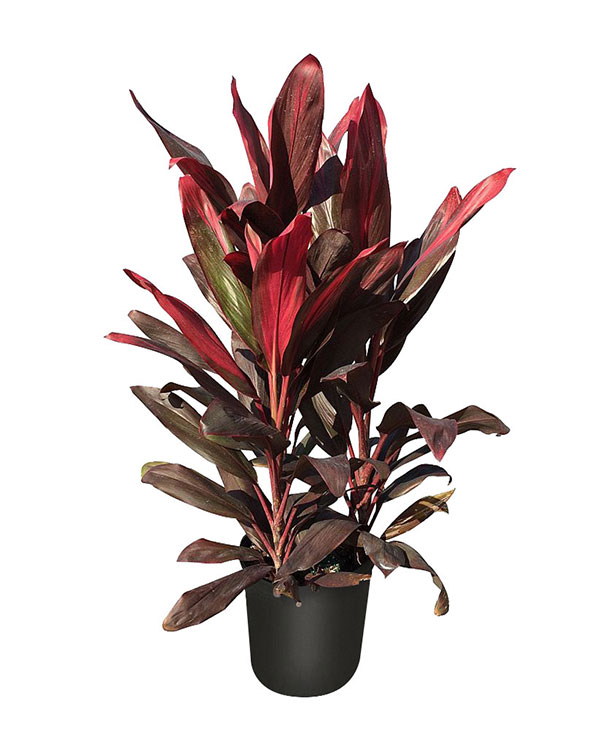
Cordyline fruticosa ‘Florida’
Belonging to the Dracaena family, the Cordyline Fruiticoca Florida is a native plant to Southeast Asia and other Pacific islands. It is also found in Hawaii and is called the Hawaiian Ti Plant for that particular reason. If you live in the hardiness zones, then this plant is a great option, as it can tolerate temperatures as high as 55F. Despite being a tropical plant, it can grow well as a houseplant too. The colorful leaves are shaped like swords and look like palm trees.
These plants are also known as the Florida Reds and can produce small floret-like plants and fruit-like berries when spring arrives. You can also grow this plant as a landscape specimen, and some even like to keep it as a potted plant. All in all, the foliage makes it a great choice as a home plant.
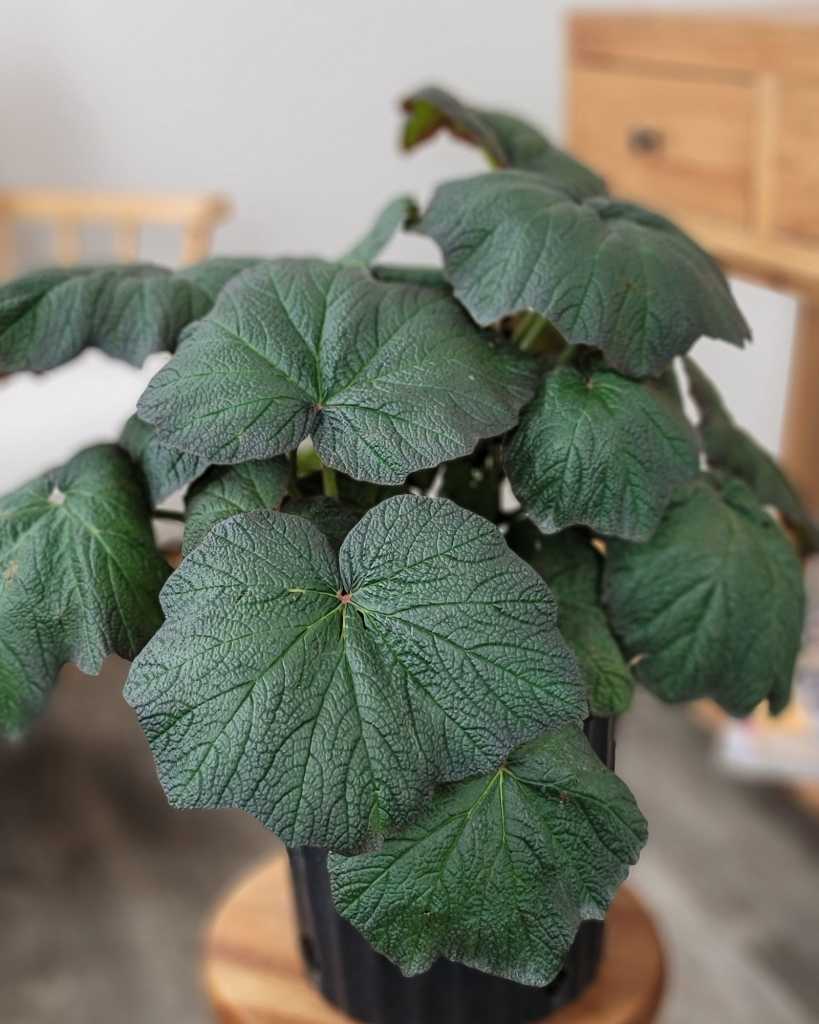
Pigskin Begonia
There are several hundred species of Begonia, and most of them are native to tropical and subtropical regions, including Southeast Asia. The plants have very attractive foliage with colorful and pretty flowers. If you want to keep a flowering plant as a house plant, then you must go for it! These plants are one of the top choices for ornamental plants.
The Begonias can be found in all sorts of shapes, colors, and even sizes. Gardeners enjoy planting them as they can get all sorts of colors and add variety to their gardens with different colors. These plants are upright, or they could be trailing with single or double flowers. The colors can range between orange, red, and even white. The foliage of the plant can be in different patterns and colors, such as variegated, bronze, and green.
Begonias don’t just have ornamental value, but they are also useful in the medicinal world. The plant’s extracts have anti-cancer properties and are also found to be anti-inflammatory. These plants are versatile specie, and you can easily plant them in your home if you take good care of their growth. These plants can grow, both indoors and outdoors.
May is Asian Heritage Month, so be sure to add some Far Eastern flair to your plant collection with these plants and others because at PlantVine, we offer a World of Plants, delivered. To learn more about plants from around the world, click here.


